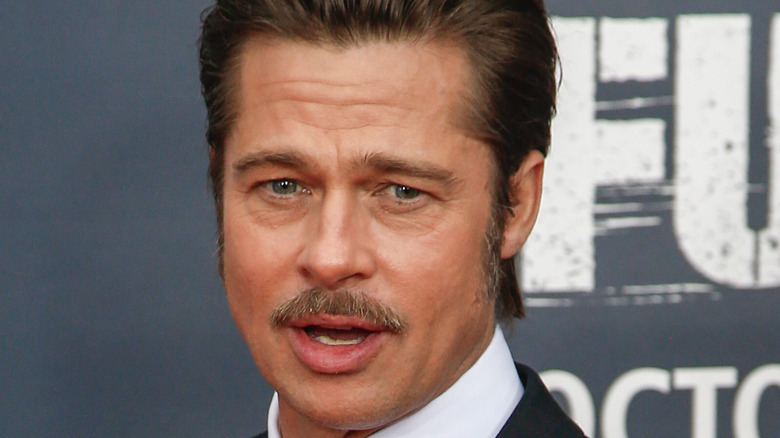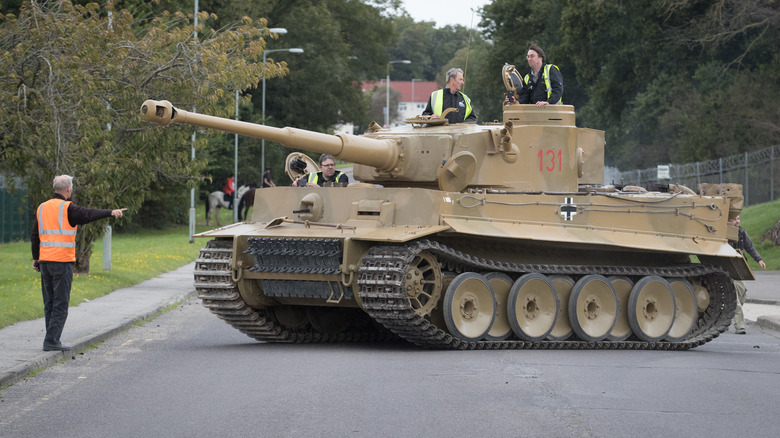How Historically Accurate Is The Movie Fury?
World War II inspired hundreds of films that were produced both during and long after the conflict. Yet how they represented the brutal reality that millions faced is often limited by a number of factors, including budget, societal sensibilities, technological limitations, and romanticism. "Saving Private Ryan" was among the first movies to faithfully represent the war's horror, both thematically and visually, to the point that veterans were reported as experiencing PTSD at screenings (via Showbiz CheatSheet).
2014's "Fury" is perhaps not held in as high regard as Steven Spielberg's film, but similarly shows the hard truths of total war as Norman, a fresh recruit with no prior experience, is drafted as the machine gunner for an M4 Sherman tank called "Fury." He is subjected to cleaning the remains of his predecessor from the tank, deciding whether or not to kill Hitler Youth members, witnessing German civilians being both executed by the enemy and harassed by his peers, and is even forced to shoot a prisoner. Much of this and more is based on actual accounts and presented on-screen in a visceral level detail that many mainstream war films tend to partly or entirely avoid (via Bustle).
In spite of the liberties that Fury takes, a great deal of care went into it
On the technical side of things, "Fury" does take dramatic and constructive liberties. In the case of the latter, the film's admittedly inaccurate depiction of nearly all artillery shells, tank rounds, and bullets as tracer rounds has two positive effects: allowing viewers to clearly see who is shooting and being shot at and helping them see the physics of projectiles when they hit the ground or glance off of a target. Meanwhile, the battle between the titular tank and a German Tiger I drew criticism on account of its tactically unsound progression. (Interestingly, unlike the dressed-up T-34 in "Saving Private Ryan," this tank was the sole functioning example of one in existence, Live Science reports.)
Bill Betts, a British tank radio operator who fought in Germany, stated that such battles were, in any case, best avoided altogether due to the advantage in armor and firepower enjoyed by late-war German tanks (via The Guardian). Other than that, the film takes care to show important details, such as how tenacious the German resistance could be. Notably, machine guns and anti-tank guns were packed into forests and small towns, as every German was expected to fight or be killed as a traitor. American veteran Lloyd Emerson attests to this, especially as one of the tanks he served in was hit by two Panzerfausts (a spiritual precursor to the Soviet RPG) like those used in the movie (via HistoryNet).

